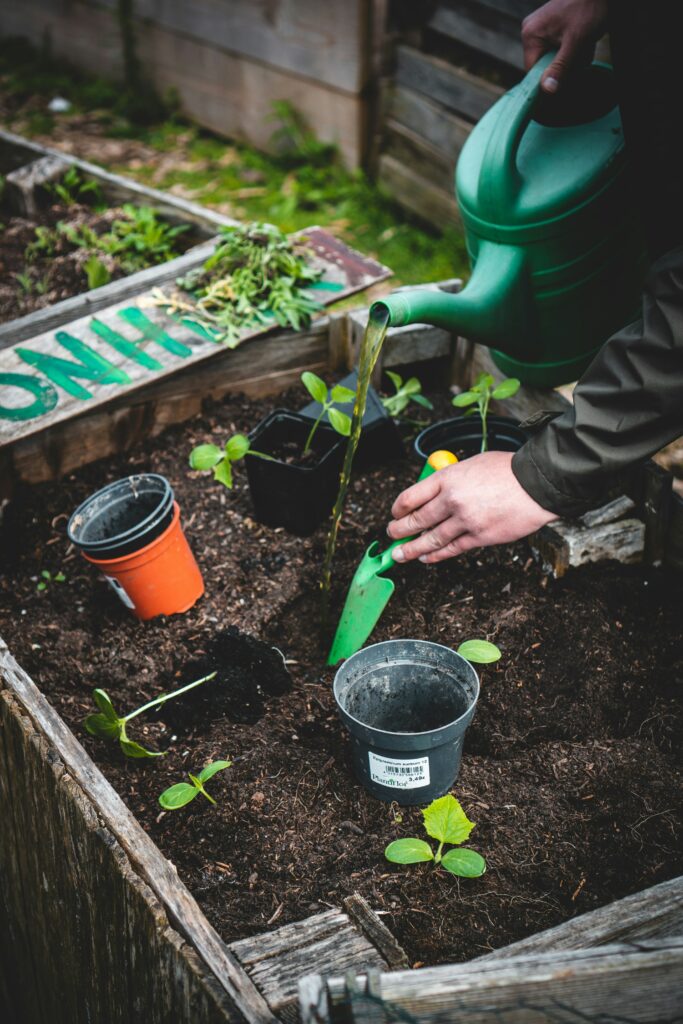Program Planning
go.ncsu.edu/readext?1075241
en Español / em Português
El inglés es el idioma de control de esta página. En la medida en que haya algún conflicto entre la traducción al inglés y la traducción, el inglés prevalece.
Al hacer clic en el enlace de traducción se activa un servicio de traducción gratuito para convertir la página al español. Al igual que con cualquier traducción por Internet, la conversión no es sensible al contexto y puede que no traduzca el texto en su significado original. NC State Extension no garantiza la exactitud del texto traducido. Por favor, tenga en cuenta que algunas aplicaciones y/o servicios pueden no funcionar como se espera cuando se traducen.
Português
Inglês é o idioma de controle desta página. Na medida que haja algum conflito entre o texto original em Inglês e a tradução, o Inglês prevalece.
Ao clicar no link de tradução, um serviço gratuito de tradução será ativado para converter a página para o Português. Como em qualquer tradução pela internet, a conversão não é sensivel ao contexto e pode não ocorrer a tradução para o significado orginal. O serviço de Extensão da Carolina do Norte (NC State Extension) não garante a exatidão do texto traduzido. Por favor, observe que algumas funções ou serviços podem não funcionar como esperado após a tradução.
English
English is the controlling language of this page. To the extent there is any conflict between the English text and the translation, English controls.
Clicking on the translation link activates a free translation service to convert the page to Spanish. As with any Internet translation, the conversion is not context-sensitive and may not translate the text to its original meaning. NC State Extension does not guarantee the accuracy of the translated text. Please note that some applications and/or services may not function as expected when translated.
Collapse ▲Program Planning
Therapeutic horticulture programs are blooming across the globe, offering incredible benefits for mental, physical, and emotional well-being. From reducing stress to improving motor skills, the power of plants to heal is undeniable. But behind every successful program, there’s an unsung hero working tirelessly: planning.
While the focus often – and rightly so – is on the therapeutic techniques and the well-being of participants, overlooking the practicalities can quickly turn a well-intentioned program into a logistical nightmare. Think of it this way: you can have the most brilliant therapeutic garden design and the most compassionate facilitators, but if you don’t have the right tools, plants, and materials at the right time and place, the whole endeavor falters.
Here’s why intentional planning is absolutely crucial for your therapeutic horticulture program to flourish:
-
Ensuring the Right Resources at the Right Time: Imagine planning a potting session only to discover you’re out of soil, or a planting activity where the seedlings haven’t arrived. Effective logistics means meticulously planning for the procurement, delivery, and storage of all necessary materials – from tools and gloves to seeds, plants, and even accessible seating. This proactive approach prevents disruptions and ensures a smooth, engaging experience for participants.
-
Safety First, Always: Therapeutic horticulture often involves participants with varying physical and cognitive abilities. Logistics plays a vital role in ensuring a safe environment. This includes arranging for accessible pathways, ensuring tools are appropriate and sanitized, and having first-aid supplies readily available. Proper storage of chemicals (like fertilizers) and sharp tools is also a critical logistical consideration for safety.
-
Optimizing Participant Experience: A well-organized program feels professional and respectful of participants’ time and needs. If materials are scattered, activities are delayed due to missing items, or the space is disorganized, it can detract from the therapeutic benefits. Seamless logistics allow facilitators to focus on guiding and supporting participants, rather than troubleshooting practical issues.
-
Budgeting and Sustainability: Effective logistics aren’t just about getting things done; they’re about doing them efficiently. This translates directly to better budget management. By planning purchases in bulk, optimizing delivery routes, and minimizing waste, programs can stretch their resources further. This sustainable approach ensures the longevity and accessibility of the program for more individuals. Fundraising helps programs source the support they need to serve current and future participants.
-
Adaptability and Problem-Solving: Even with the best planning, unforeseen challenges can arise. A plant delivery might be delayed, or a tool might break. Strong program planning includes contingency measures and a clear understanding of supply chains, allowing for quick and effective problem-solving without derailing the therapeutic flow.
In essence, program planning is the invisible scaffolding that supports the beautiful, healing structure of therapeutic horticulture. By dedicating thought and effort to this often-understated aspect, program organizers can ensure that their green initiatives truly blossom, bringing their profound benefits to those who need them most. So, as you plan your next therapeutic horticulture session, remember to give a nod to the unsung hero – logistics – and watch your program thrive! Please use the links below to explore accessibility, fundraising, and safety considerations as you plan your TH adventures.



